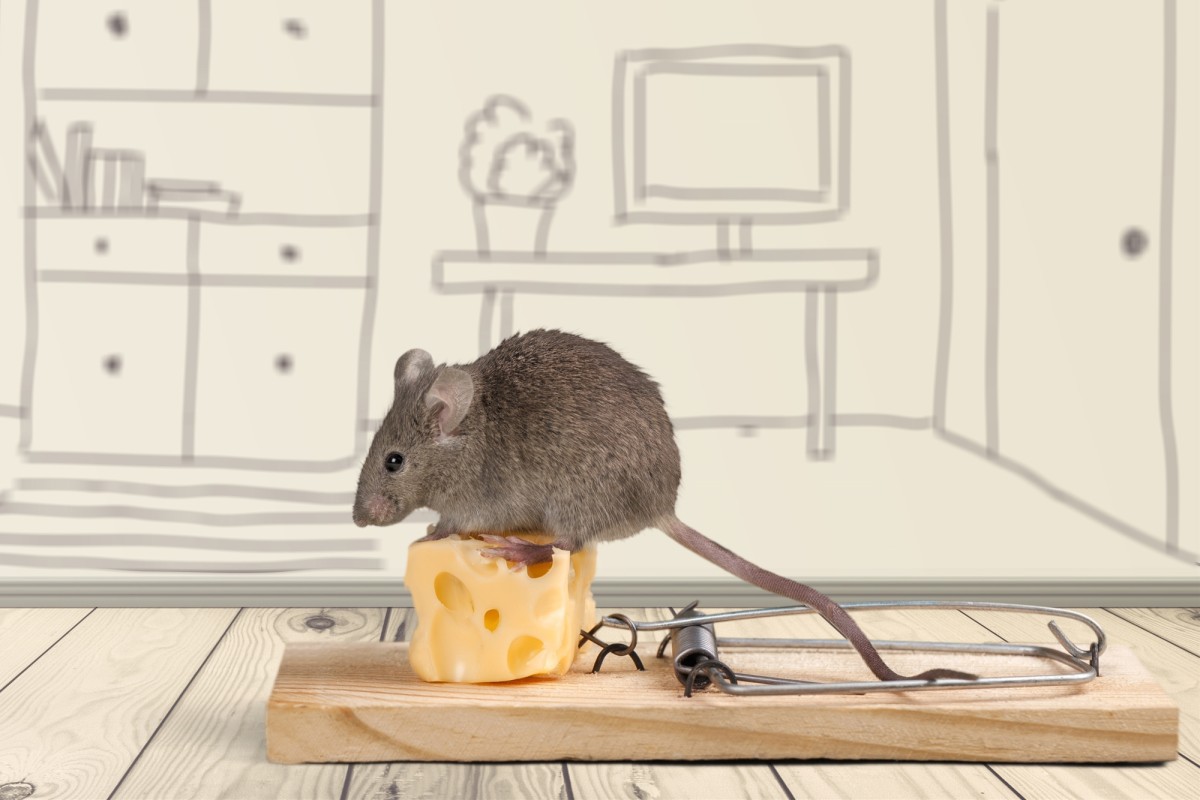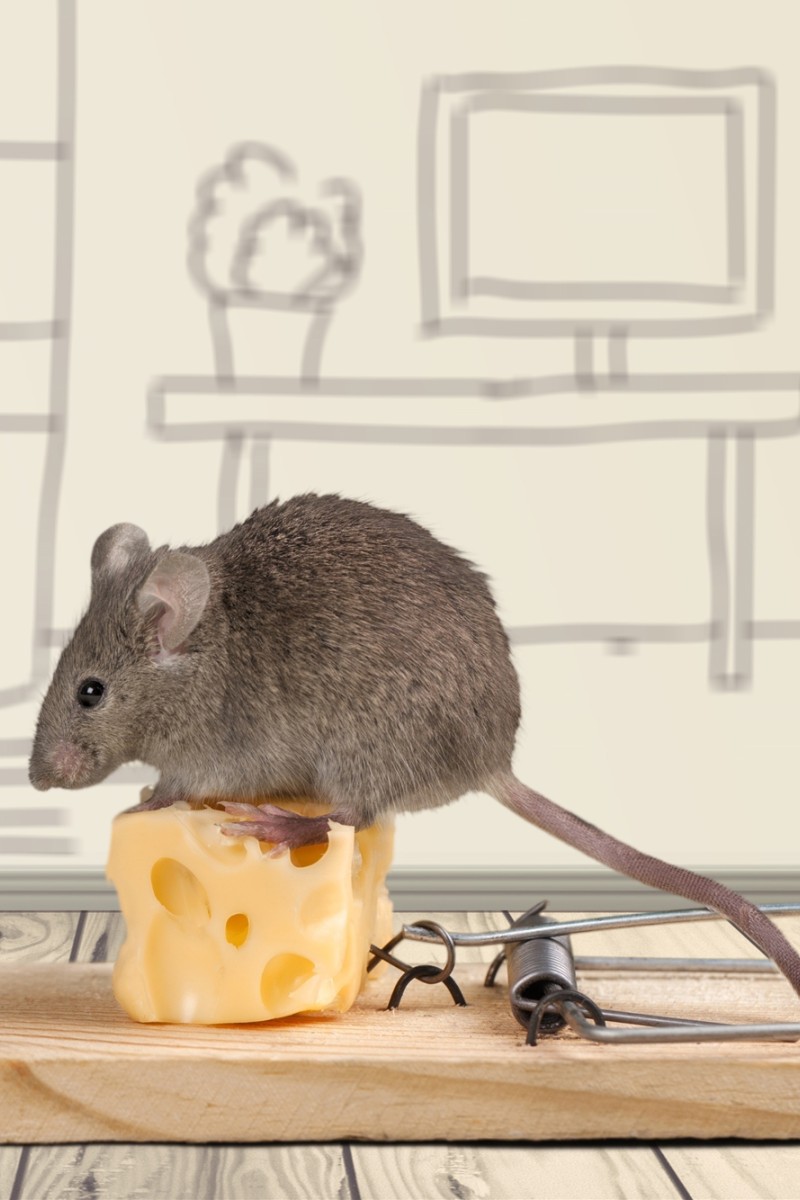
Every fall, Fiona Marshall’s home is besieged by legions of mice.
“They drive me crazy ... trying to colonise our pantry,” said Marshall, a professor at Washington University in the US city of St Louis.
It would be easy to think of the furry little creatures as invaders. But Marshall knows that they are here only because of us. In a study published on Monday in the Proceedings of the National Academy of Sciences, Marshall and her colleagues trace house mice to their origins 15,000 years ago, when they evolved alongside the first humans who built semi-permanent homes.
“This is a story about mice, and mice and humans have a really interesting history together,” she said. “But even more broadly ... it tells us about humans and our influence on our environment and our world.”
According to Marshall, house mice are an important example of animal-human commensalism – a relationship in which an animal benefits from humans without affecting them. At the end of the Ice Age, an ancient people called the Natufians settled in the Levant, where they built the world’s first semi-permanent stone dwellings. Shortly after, mice decided to take advantage of that new habitat. The emerging species, Mus musculus domesticus, benefited from the scraps of food and protection from predators that human homes provided.
Without meaning to, humans had created a new ecological niche – and nature swiftly filled it.
Evolution hates a void
It’s one of the earliest cases of animals evolving to take advantage of environments changed by humans, Marshall said. And it’s surprising because it happened before widespread agriculture, the event that scientists traditionally associate with the origins of domestication.
“It shows that, even 15,000 years ago, hunter-gatherers were exerting enough influence on their environment to transform an animal species,” Marshall said.
Marshall and lead author Lior Weissbrod, now a postdoctoral fellow at the University of Haifa in Israel, are both zooarchaeologists. “We’re people who look at animal bones in order to be able to understand the human past in different ways,” Marshall said.
Inspired by the work of Israeli scientist Eitan Tchernov, who argued that the presence of certain animal companions could be used to understand ancient humans’ lifestyles, Weissbrod set about examining 200,000 years of mouse fossils from the Levant. At the end of the Ice Age, he found, two closely related species of mouse were present: Mus macedonicus and Mus musculus domesticus. The former has short tails (which are harder for predators to latch onto) and lives in groves and shrub lands; the latter has a long tail and is adapted to live in human homes.
The relative dominance of each species sharply reflected the activity of the Levant’s human population at the time. Before the rise of the Natufian culture, all the fossils Weissbrod found were M. macedonicus. Then, in the early Natufian period, the domesticus type took over. Later on, when archaeological records indicate the climate got drier and Natufians were forced to abandon their stone dwellings, macedonicus was resurgent. But as humans settled down, domesticus became dominant once more.
It doesn’t take long for mice to move in
Archaeologists don’t know how committed the Natufians were to the settled lifestyle. They were not farmers, so they probably had to travel at least part of the year in pursuit of food. Marshall said that some researchers believe that the Natufians’ stone dwellings were like summer homes, used only a few months out of the year.
But it appeared that these hunter-gatherers stayed put long enough to have an effect on the mouse communities nearby.
“It created a household ecology or village ecology,” she said. “That was a new world for a mouse to live in. It changes the food availability, the predatory pressures, everything about the environment.”
Marshall and Weissbrod thought that Natufian-mouse scenario could be a model for other commensal relationships. But they wanted to test whether mouse bodies really do evolve in response to human migration. So Weissbrod looked to a modern seminomadic community, the Masai people of Kenya.
In times when this pastoralist community moved a lot, its rodent companions were mainly the short-tailed Acomys wilsoni – the African counterpart of the Levant’s Mus macedonicus. But if the tribe settled for more than a month or so, the demographics would shift, and the long-tailed, more commensal species Acomys ignitus dominated. This finding seemed to confirm Marshall and Weissbrod’s theories about mobility and mouse evolution.
“Living in one place was a really important factor affecting the beginnings of domestication,” Marshall said, “and it happened earlier than we thought.”
